2015 in Review: Amid the Gloom Covering Our Planet, Some Rays of Light
On the winter solstice, a Truthdig review of the year's environmental stories finds cause for hope in our poison-riddled world.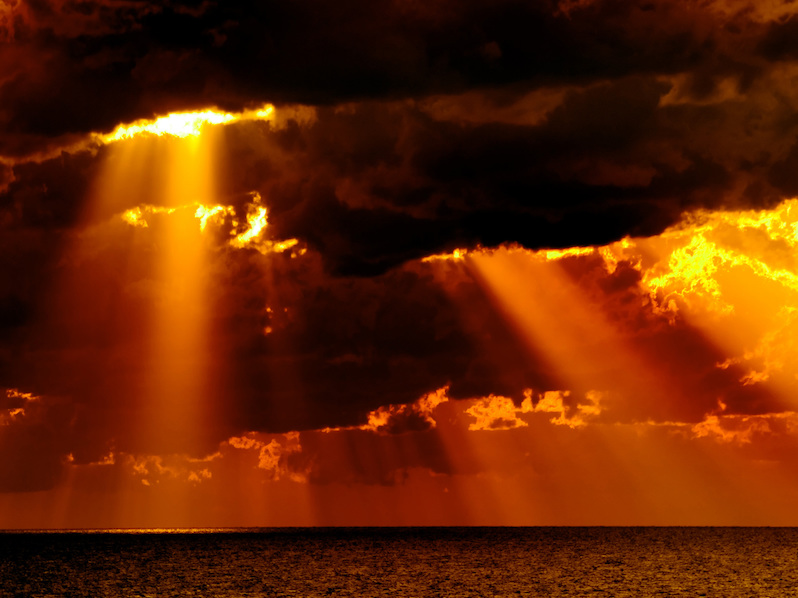 Shutterstock
1
2
Shutterstock
1
2
And earlier this month, energy and environment correspondent Michael T. Klare suggested that 2015 will “be viewed as the year in which the epochal transition from one set of fuels to another took off, with renewables making such significant strides that, for the first time in centuries, the beginning of the end of the Fossil Fuel Era has come into sight.” He cited the Paris-based International Energy Agency as estimating that “between now and 2040 global investments in renewable power capacity will total $7 trillion, accounting for 60% of all power plant investment.”
Poignant, personal confessions—the kind that make climate change a relatable human issue rather than merely an abstract scientific one—suggesting that things will not go as Klare hopes, came from TomDispatch editor Tom Engelhardt and Frida Berrigan, author, activist and daughter of Philip Berrigan, the peace advocate and onetime Catholic priest. In a piece presented as a letter to his grandson, Engelhardt wrote about “what worries me most when I think about your future: the increasing stress under which life here and elsewhere is being placed by the exploitation and burning of fossil fuels. …
“I want to say,” Engelhardt continued, that “despite my own best (if modest) efforts, I feel I owe you an apology. In ways I find hard to express, I’m sorry for what is and what may be. It’s not the country I imagined for you. It’s not the world I wanted to leave you. It’s not what you deserve.
“Nonetheless, I still have hopes for you and your moment. As a wonderful writer of my time once pointed out, the darkness of the future is a kind of blessing. It always leaves open the possibility that, against the madness of the moment, the genuine decency, the lovability I see in you, that anyone can see in just about any child, has a shot-in-the-dark chance of making a difference on our planet.”
Frida Berrigan picked up the theme of parenting, describing dark premonitions she has of a world a half-century in the future in which the “tranquil, stable” playground she enjoys with her “buoyant 18-month-old daughter” is not likely to exist, “not on a planet like this one at this moment anyway.” Scenes from Hollywood’s latest pack of apocalyptic films flash before her eyes until her daughter, hopping off the swing set, “brings me back to the glorious present. …
“She’s fearless, emphatic, and purposeful,” Berrigan wrote. “She deserves a future. Her small body goes up those steps and down the slide over and over and over again. And the rush of that slide is new every time. She shouts and laughs at the bottom and races to do it again. Now. Again. Now. This is reality. But my fears are real, too. The future is terrifying. To have a child is to plant a flag in the future and that is no small responsibility.”
Berrigan’s and Engelhardt’s fears for the world their children and grandchildren will inhabit is already manifested in the fate of migrants who perished in attempts to cross the Mediterranean while fleeing their war- and drought-ravaged homelands in the Middle East. The refugee crisis got its tragic iconic image in early September when photos of a drowned, 3-year-old Syrian boy, Alan Kurdi, appeared in the media. At least 350,000 migrants are said to have crossed European Union borders between January and August of this year, compared with 280,000 during the whole of 2014.
In deserts and oceans, climate change will kill more people as the disorder and social instability it creates forces them to abandon their once-habitable homelands. The U.N. estimates that in the last 20 years, climate-related disasters have claimed 606,000 lives, damaged or destroyed 87 million homes, and injured, displaced or left helpless 4.1 billion people—more than half of the world’s population.
Another U.N.-backed study, released in September, said land degradation could create 50 million climate refugees within a decade. Lord Ashdown, former leader of Britain’s Liberal Democrats, described the Syrian crisis as “simply a dress rehearsal for an immense climate-fuelled disaster, which I think will begin to be felt within the next decade.”
In a microcosmic image of what may come, a persistent drought that devastated parts of Syria between 2006 and 2010, said to be the worst ever recorded in the region, drove dispossessed farmers from the country’s northern breadbasket into cities where poverty and government mismanagement awaited them. The resulting civil war there had killed at least 200,000 people by early 2015 and displaced millions of others.
Then there were reports of things coming loose at the edge of the global ecosystem. In October, extremely wet weather halved the pumpkin harvest in fields of the Libby’s canned food company in Illinois. Research reported in July said that acid from airborne carbon dioxide dissolved into water threatens to shrink the size of salmon worldwide, and mussels, oysters, clams and scallops could become scarcer and more expensive. And even if massive amounts of carbon were removed from the atmosphere, existing acidity and acid that would enter the ocean via future carbon emissions could kill much life that lives there.
One of the most worrying stories was the California drought. In April, for the first time in 75 years of measurements, state officials found “no snow whatsoever” at a key site in the Sierra Nevada mountains. Gov. Jerry Brown responded with prohibitions on lawn watering and measures to use available water more efficiently. Critics pointed out that the state failed to address the largest consumer of California’s water, the state’s agricultural sector, which by August had lost more than $2 billion, 17,000 jobs and 12 million trees over the previous three years. Scientists warned that the drought may represent a “new normal.”
Finally, there was the 2015 Paris Climate Conference, the 21st of its kind. In a deal that was hailed as historic, almost 200 nations agreed to meet emissions-reduction targets. Two-thirds of Americans polled in November had said they wanted the U.S. to sign a global climate treaty and favored domestic policy aimed at limiting emissions from power plants.
Critics said the deal was not sufficient. It left hundreds of millions of people in low-lying coastal areas and small islands vulnerable to sea level rise; U.S. negotiators demanded the exclusion of language that countries could use to hold others legally accountable for climate-driven destruction. (By contrast, the Trans-Pacific Partnership, a trade deal under negotiation elsewhere, may empower corporations to sue governments that pass regulations that eat into their profits.) James Hansen, the climatologist who in 1988 famously warned Congress of the dangers of human-caused global warming, called the proposals in the negotiating text “half-arsed and half-baked.”
He added, “It’s not too complicated. It’s not that the problem cannot be solved but that it is not being solved. We need an honest, simple rising carbon fee” — which the deal did not include. Indeed, as Truthdig contributor Stanley Heller pointed out, the words “oil,” “fossil fuel” and “coal” appeared nowhere the text.
What will 2016 hold for the earth’s ecosystems? By all indications, emitters will go on filling our air with poison. The big question is what will happen on the other side of the issue. Will we the people find ways to overcome our differences and organize our communities against the indifference of business leaders and politicians in the years or decades that remain for salutary change to be made?
Your support matters…
SUPPORT TRUTHDIG
Independent journalism is under threat and overshadowed by heavily funded mainstream media.
You can help level the playing field. Become a member.
Your tax-deductible contribution keeps us digging beneath the headlines to give you thought-provoking, investigative reporting and analysis that unearths what's really happening- without compromise.
Give today to support our courageous, independent journalists.
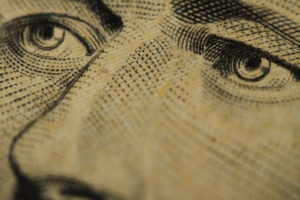
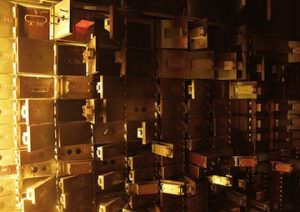
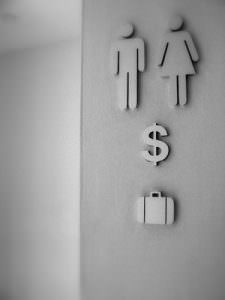
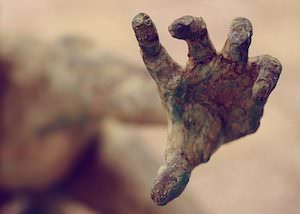
You need to be a supporter to comment.
There are currently no responses to this article.
Be the first to respond.